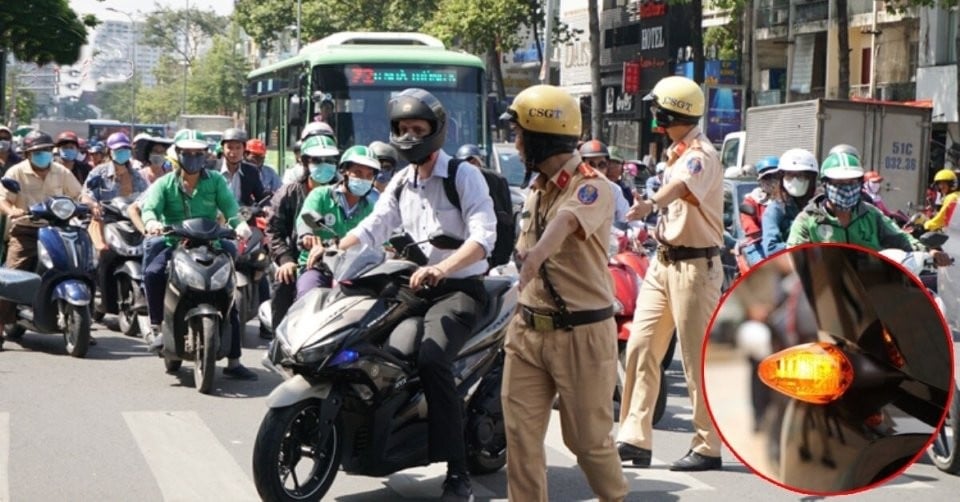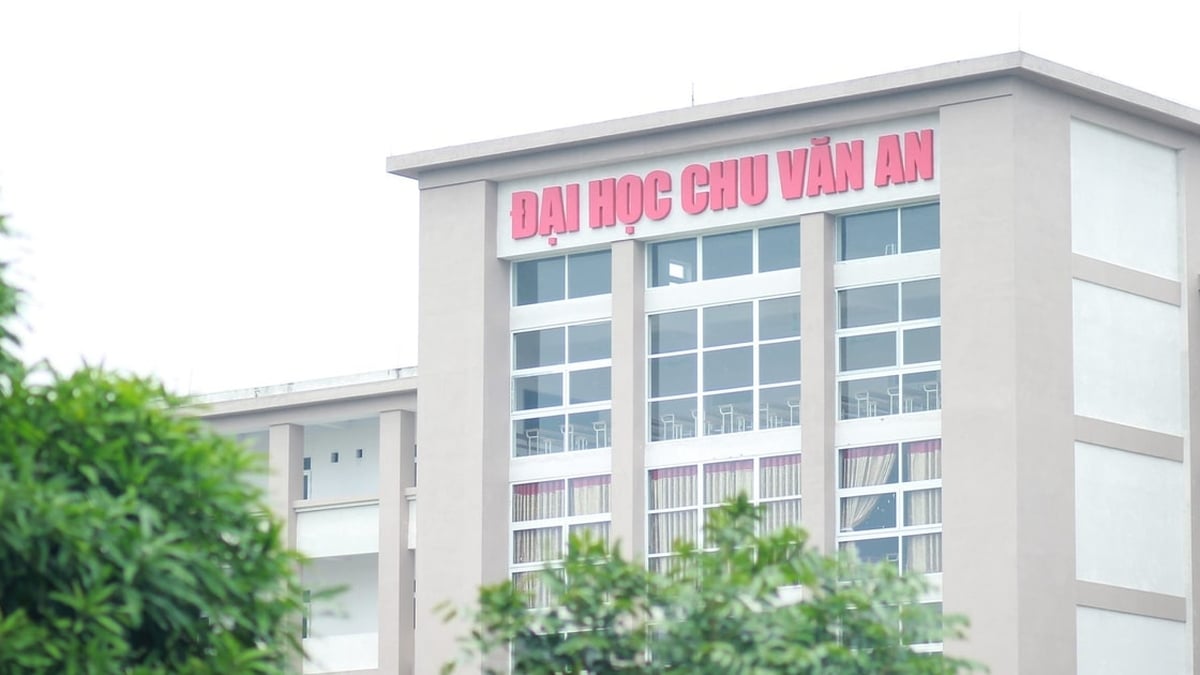Can you tell me how much the fine will be for a driver who does not use turn signals when turning or changing direction? - Reader Thuy Diem
 |
1. How much is the fine for not signaling when turning or changing direction?
Accordingly, the act of not using turn signals when turning or changing direction will be subject to administrative penalties as follows:
* For motorbikes:
Fines from 400,000 VND to 600,000 VND shall be imposed on drivers of motorbikes, mopeds (including electric motorbikes) , motorbike-like vehicles and moped-like vehicles who commit the following violations:
Changing direction without slowing down or signaling (except when driving along a curve of a road where the road does not intersect at the same level); turning left at a place where there is a sign prohibiting left turns for the type of vehicle being driven; turning right at a place where there is a sign prohibiting right turns for the type of vehicle being driven.
(Point a, Clause 3, Article 6, Decree 100/2019/ND-CP (amended in Decree 123/2021/ND-CP))
* For cars:
Fines from VND 800,000 to VND 1,000,000 shall be imposed on drivers of cars and similar vehicles who commit the following violations:
Changing direction without slowing down or signaling (except when driving along a curve of a road where the roads do not intersect at the same level)
(Point c, Clause 3, Article 5, Decree 100/2019/ND-CP)
2. Regulations on vehicle navigation
Specifically, Article 15 of the 2008 Road Traffic Law stipulates vehicle direction changes as follows:
- When wanting to change direction, the driver must reduce speed and signal the turn.
- While changing direction, drivers and specialized motorbike operators must give the right of way to pedestrians and cyclists on their reserved lanes, give way to vehicles going in the opposite direction and only allow vehicles to change direction when they observe that it does not cause obstacles or danger to other people and vehicles.
- In residential areas, drivers and specialized motorbike operators are only allowed to make U-turns at intersections and where there are signs allowing U-turns.
- Do not make a U-turn at pedestrian crossings, on bridges, at bridgeheads, under overpasses, underground, in road tunnels, on highways, at level crossings with railways, on narrow roads, steep roads, or curved roads with obstructed visibility.
3. Regulations on overtaking
According to Article 14 of the 2008 Road Traffic Law, regulations on overtaking are as follows:
- Vehicles requesting to overtake must signal with lights or horns; in urban areas and densely populated areas from 10pm to 5am, they may only signal with lights.
- The vehicle requesting to overtake is only allowed to overtake when there are no obstacles ahead, no oncoming vehicles on the road section intended for overtaking, the vehicle in front has not signaled to overtake another vehicle and has moved to the right.
- When a vehicle requests to overtake, if safety conditions permit, the driver of the vehicle in front must reduce speed, move close to the right side of the roadway until the vehicle behind has passed, and must not cause obstacles for the vehicle requesting to overtake.
- When overtaking, vehicles must overtake on the left, except in the following cases where overtaking on the right is allowed:
+ When the vehicle in front has a left turn signal or is turning left;
+ When the tram is running in the middle of the road;
+ When a special vehicle is working on the road and cannot pass on the left.
- Do not overtake in one of the following situations:
+ Not ensuring the conditions specified in Clause 2, Article 14 of the 2008 Road Traffic Law;
+ On the narrow bridge there is one lane;
+ Roundabouts, hilltops and locations with limited visibility;
+ At intersections, roads intersect at the same level as railways;
+ When weather or road conditions do not ensure safe overtaking;
+ Priority vehicles are sending priority signals to perform tasks.
Source





























![[Photo] National Assembly Chairman Tran Thanh Man visits Vietnamese Heroic Mother Ta Thi Tran](https://vphoto.vietnam.vn/thumb/1200x675/vietnam/resource/IMAGE/2025/7/20/765c0bd057dd44ad83ab89fe0255b783)








































































Comment (0)